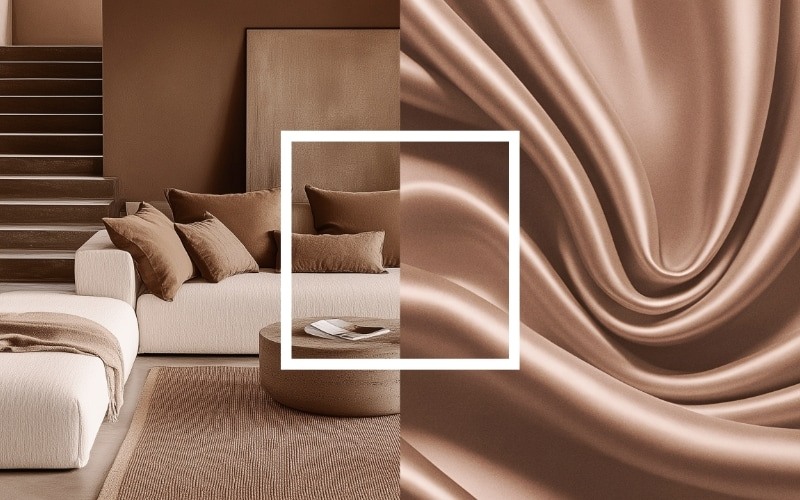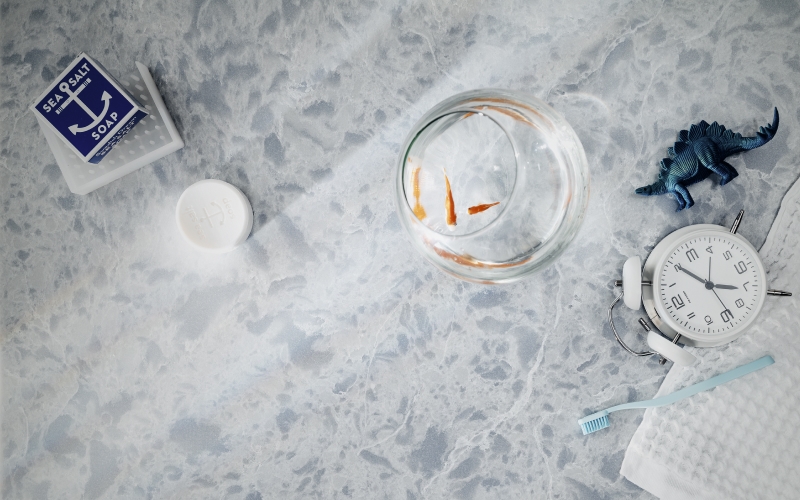Creative
Photography
Television and Video
Successful integrated marketing campaigns take more than a catchy tagline or the perfect angle for a shot. Successful campaigns are born out of strategic thinking, creative solutions and, sometimes, several teams coming together to tell powerful brand stories.
Today, visual storytelling is transforming marketing. And effective still photography and video production can be the difference makers in a fast-paced landscape where everyone is competing for their audience’s attention.
In many but not all cases, capturing still images and video simultaneously is not only possible — it’s smart thinking. If you’re considering shooting still images and HD video together, here are eight things to consider.
- Strategy. Clear brand strategy is always crucial but particularly so if you are on a tight budget and schedule. Before the work begins, identify the story you want to tell or goal you want to achieve. Determine whether photography or video will be the lead medium, as the lead medium will set the tone, look and feel for the one that follows. For example, if video is the primary component of a campaign, address those considerations and logistics first.
- Planning. Be ready for planning, planning, planning and more planning. Have a script and/or shot list but also a clear plan of action for shared resources. Otherwise, your talent commitment or studio or equipment rentals may expire before you get everything on your shot list. Discuss a vision for how everything will come together and how assets will translate across future shoots and uses. If you are hiring talent or renting equipment or space, know how long the talent as well as lighting, props and other gear can stay on the set. With all that said, remember that in some cases, looser plans are better, especially when shooting will happen primarily outdoors, because they allow the magic and the story to happen more naturally.
- Lighting. If you shoot still images and video simultaneously, pay special attention to your lighting. For example, while strobe lighting is preferred for print, videographers need special lighting made for video to prevent unwanted flashes. However, still photographers can use several different light sources and move them around on the set to fit particular backdrops.
- Time. Are you on a tight deadline? Capturing still photography and video footage together is often more efficient than shooting them separately, because it eliminates the need for a second shoot later.
- Budget. Knocking out two birds with one stone can reduce expenses including travel, talent, production services, catering and location fees.

- Consistency. Integrated marketing campaigns should feel cohesive. Using the same set and talent for still images and videos helps ensure the story as well as the look and feel are consistent across visual media. Pay attention to little details like wardrobe. For example, tight clothing patterns may work well in print, but they can create a moiré effect (curving lines and flickering) in video. Consider these nuances when determining how your photographers and videographers can produce complementary work.
- Post work. Photographers have a great deal of control over the final product because they can accomplish so much while editing in postproduction. But it is much more difficult for motion editors to edit 24 frames per second for a 30-second spot. That means the lighting and other details have to be perfect when a video is shot.
- Hire a team that puts the team first. Find a knowledgeable team versed in both print and film to launch your integrated campaign. Video producers aren’t still photographers and vice versa. Shooting for each medium is different, so they will need to find common ground and compromise. Video sets are normally larger than their still counterparts’ sets, but if still images are the primary campaign component, your video team may have to come up with creative solutions to get exactly what it needs. And if producers and photographers have a working knowledge of both media, they can better direct the shoot, figure out solutions and produce the best possible content.
See it all come together with a behind-the-scenes look at a commercial shoot for VELUX:
Consistency, convenience and efficiency are at the heart of why many brands choose to shoot still photography and HD video together. Combining the two media isn’t always the right answer, but the pros far outweigh the cons, and if planned accordingly, combination shoots can do wonders for tight deadlines and tight budgets. At Wray Ward, our goal is to help clients tell stories that resonate with audiences from sunup to sundown. And in our quest to create better performing work every day, collaboration, creativity and determination can go a long way.
You might also be interested in:

